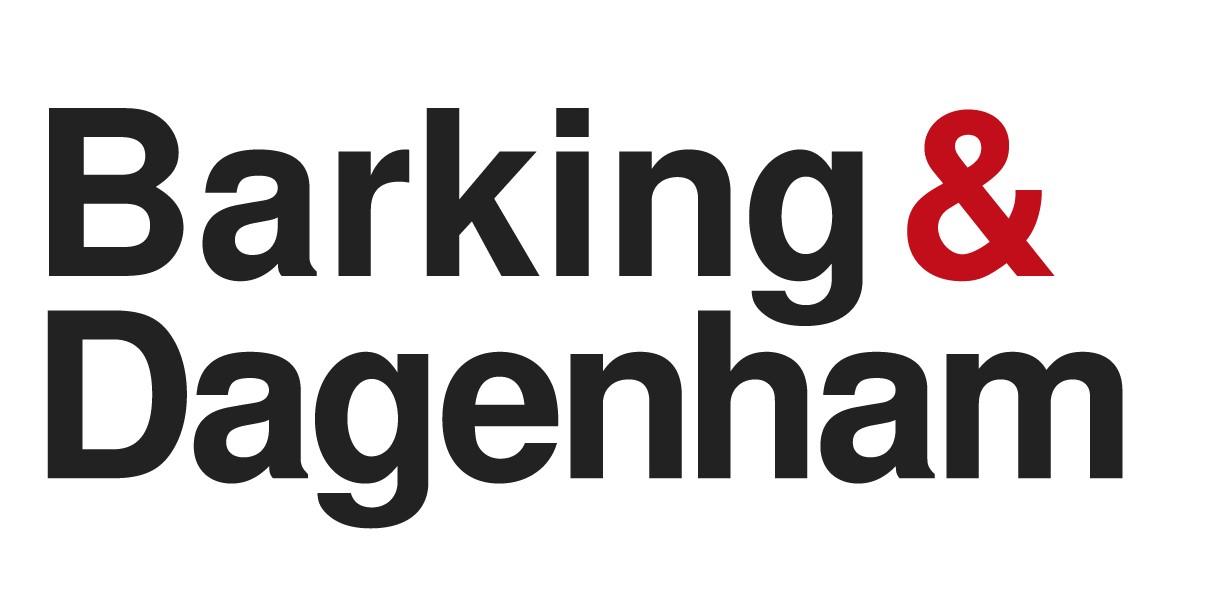Barking & Dagenham Council and its regeneration arm, Be First, has unveiled the latest public art installation in the Gascoigne Neighbourhood – the Gascoigne Workers’ International Heritage mosaic. Commissioned as part of the Barking Heritage Project’s Heritage Art Trail and created by Mosaic Art Ltd, the artwork pays homage to the rich and diverse history of the local community.
Located on the barrage building beside Barking & Dagenham Canoe Club, adjacent to the Gascoigne Neighbourhood and the site of the former Jute/Rubber Factory on the River Roding, Gascoigne Workers’ International Heritage mosaic is a striking representation of the multicultural threads that have shaped the borough’s identity over centuries.
The mosaic celebrates the lives of people who’ve worked in Barking and Dagenham throughout the centuries, drawing inspiration from the untold stories of Irish and Scottish women who journeyed to Barking as Jute spinners and weavers during the Victorian era, as well as Southern Asian migrants who contributed to the post-war industrial landscape.
Be First and Barking & Dagenham Council collaborated with local schools to design the mosaic, including Gascoigne Primary School and the Bulgarian School. Students from a diverse range of backgrounds, including Latvia, Lithuania, Tunisia, Tanzania, Albania, Bulgaria, Pakistan, Angola, São Tomé and Príncipe, contributed to the design, underscoring the multicultural history of the borough.
The mosaic incorporates archival imagery, artwork, and personal narratives to create a captivating tableau of history and heritage. The tiled border is adorned with images of female workers sourced from the London Borough of Barking and Dagenham Archives at Valence House.
Councillor Darren Rodwell, Leader of Barking and Dagenham Council, said: “It’s great to see this mosaic and the contributions from local children take its rightful place here in Barking. We’ve always been a proudly multicultural borough, from Scottish and Irish women depicted in the mosaic who span jute in a factory that was just round the corner from here, and then went off to campaign for a woman’s right to vote, to the south Asian rubber factory workers, people who came to work at the Ford factory, and all the other communities and nationalities represented today in this piece of art.
“Art and culture bring communities together, and we are stronger because of it and we have shown, once again, that it’s our diversity which puts the ‘Great’ in Great Britain.”
Tamara Froud, Director at Mosaic Art Ltd, said: “In my opinion, public artwork should not just be randomly placed, rather it should have a reason to be in any given location and the local community should have a connection to it and be part of its process.
“This installation is part of the Barking Heritage Trail which aims to bring Barking’s rich heritage to life through visual art. The mosaic depicts a jute worker from the old jute works, previously close to this site. The border was made in conjunction with local schools to recognise and celebrate the cultures and heritage of the new families on the redeveloped Gascoigne Estate.”
The Gascoigne Workers’ International Heritage mosaic was funded by The National Lottery Heritage Fund.



